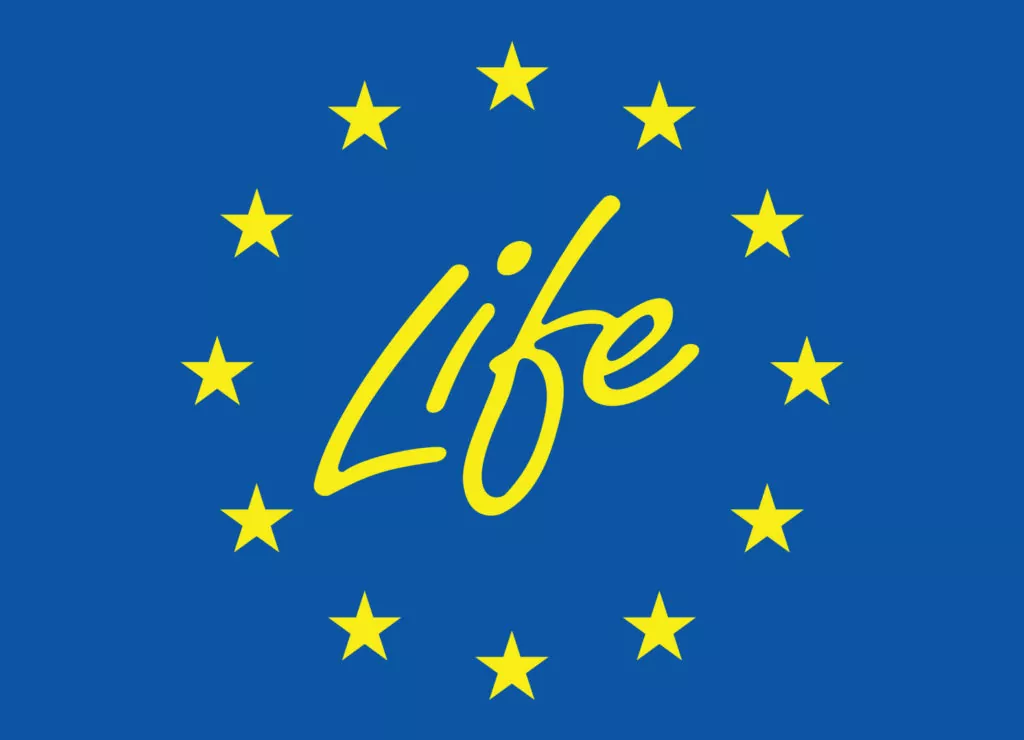If the European Green Deal was the starting gun for the EU’s race to achieve climate-neutrality by 2050, the upcoming EU Industrial Strategy is the first hurdle. Whether and how the EU clears that hurdle will determine the pace and difficulty of the course to come.
The European Commission is set to release its new industrial strategy on 10 March 2020. The strategy is expected to set the direction of travel for the EU economy, bring growth and competitiveness, deliver the EU’s climate goals, establish the EU as a leader on digital technologies and navigate tricky trade relations with the US and China.
The content and framing of the strategy will be highly influential in setting the parameters and the pace for shifting EU heavy industry onto a path to climate-neutrality. This sector has seen its emissions reductions stagnate in the last seven years. Policymakers have focused on shielding industrial players from carbon price signals to enhance competitiveness in the short term, rather than helping them to transform in a way that would safeguard their competitiveness in the long run. A successful industrial strategy could establish the policy framework required to make EU industry clean, productive, globally competitive and future-proof.
This is also a critical moment for the EU to signal to the rest of the world how committed it is to the European Green Deal. The EU Industrial Strategy should be a message of intent, a chance to define the EU’s growth model moving forward, to make the “deal” part of the European Green Deal concrete and raise the stakes for other countries. The US and China will look to the strategy to see just how seriously they should take this shift. They will look at what it means for their companies, technologies and interests. And under ideal circumstances they will see strong incentives to join the race to climate-neutrality and put forward their own green deals. The industrial strategy could be a critical tool to engage other countries in the climate ambition discussion throughout 2020.
All of this was echoed in a recent statement by Thierry Breton, the Commissioner for the Internal Market, to the European Parliament. He said “We want to take on global leadership in green technologies… We want to make Europe a green power.” There is still a chance to make this a credible pitch.
The EU industrial strategy will need to:
- Signal certainty and confidence about the direction of travel. The new industrial strategy will need to be strongly aligned with the European Green Deal and the long-term target of achieving climate-neutrality by 2050. The Commission should give a clear market signal by setting decarbonisation and technology deployment targets for 2030 and 2040 in industrial sectors. Currently the legislative framework includes no targets for heavy industry. This is a significant gap, as targets provide clarity on the pace and direction of travel.
- Establish a means of checking that we are on course. The Commission should establish a Clean Economy Observatory to provide advice on priority infrastructure and targets, to monitor progress and ensure policy coherence. The observatory would ensure a shared evidence base for taking policy decisions and highlight knowledge gaps and uncertainties. The Commission should also require member states to develop plans for decarbonising heavy industry as part of the National Energy and Climate Plans (NECP). These plans should give an overview of the state of play of the industrial transition and next steps.
- Provide a robust offer to industry. The strategy will need to spell out a clear commitment by the EU and member states to support industry in making the transition. This should include details on how they will deliver the up-front investment required including through carbon contracts for difference, invest in R&D, the skills base and the digital tools that will be needed, roll out the critical transition infrastructure, grow the demand for climate-neutral technologies and products through public procurement and green purchase quotas, and explore trade and competitiveness measures to address challenges beyond the EU.
- Make a strong ask of industry in return. The support detailed above should be balanced against a policy framework that delivers concrete emission cuts and creates real incentives for industries to move. On the regulatory side, the industrial strategy, as part of the Circular Economy Action Plan, should set product standards to enhance material efficiency, circularity and lower the carbon-content of basic materials. The strategy should also lay the groundwork for next year’s Emissions Trading System revision to deliver a more ambitious 2030 emissions reduction target.
This piece draws on our briefing, A Policy Vision for the EU Industrial Strategy, published in February 2020.
This project has received funding from the LIFE Programme of the European Union.



